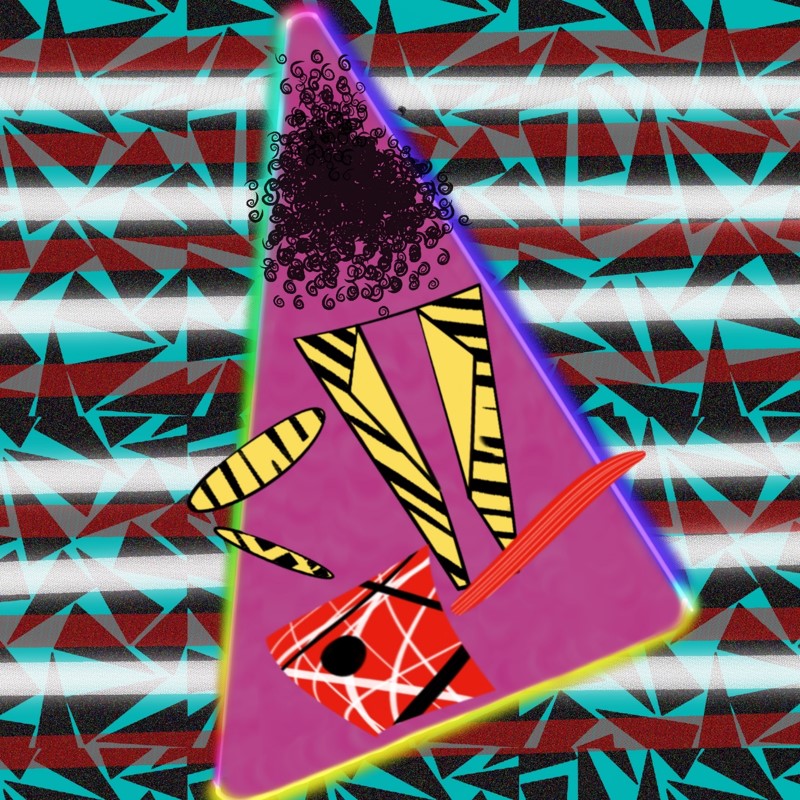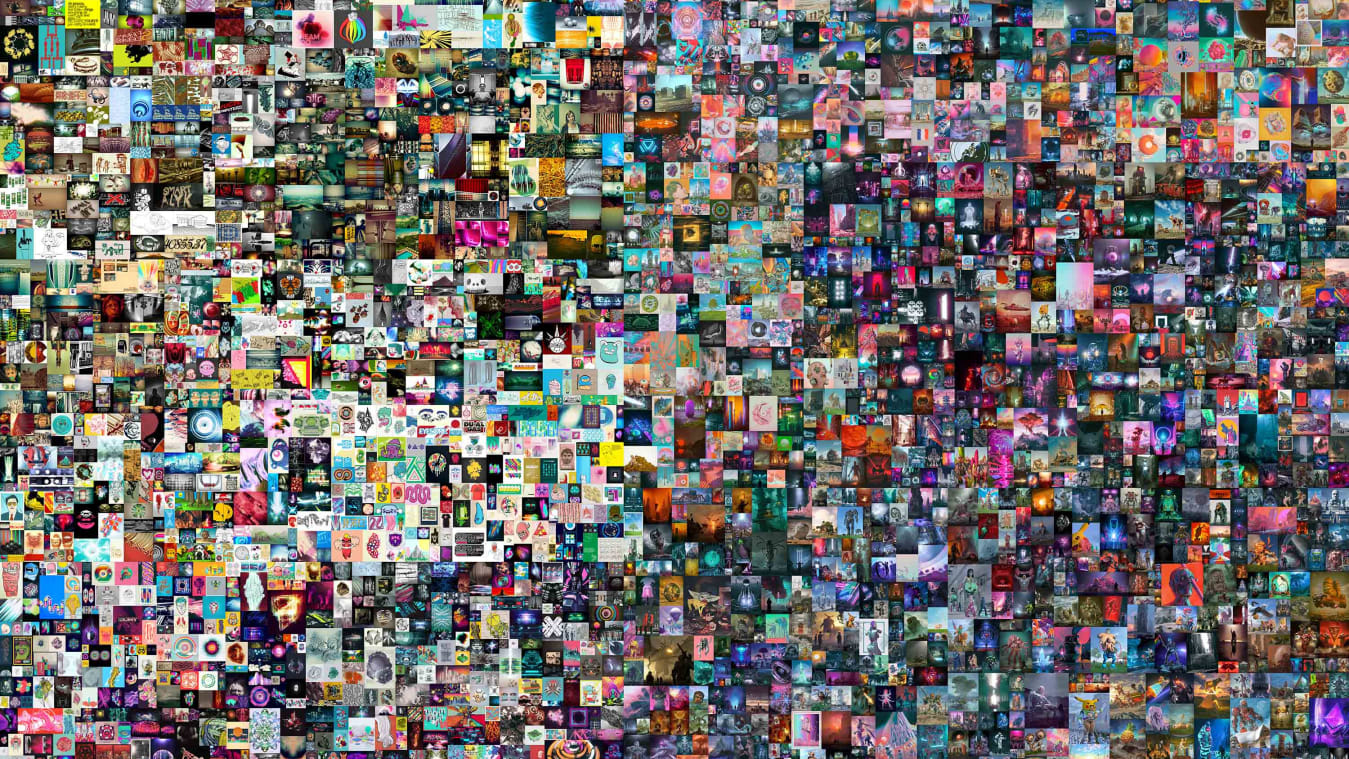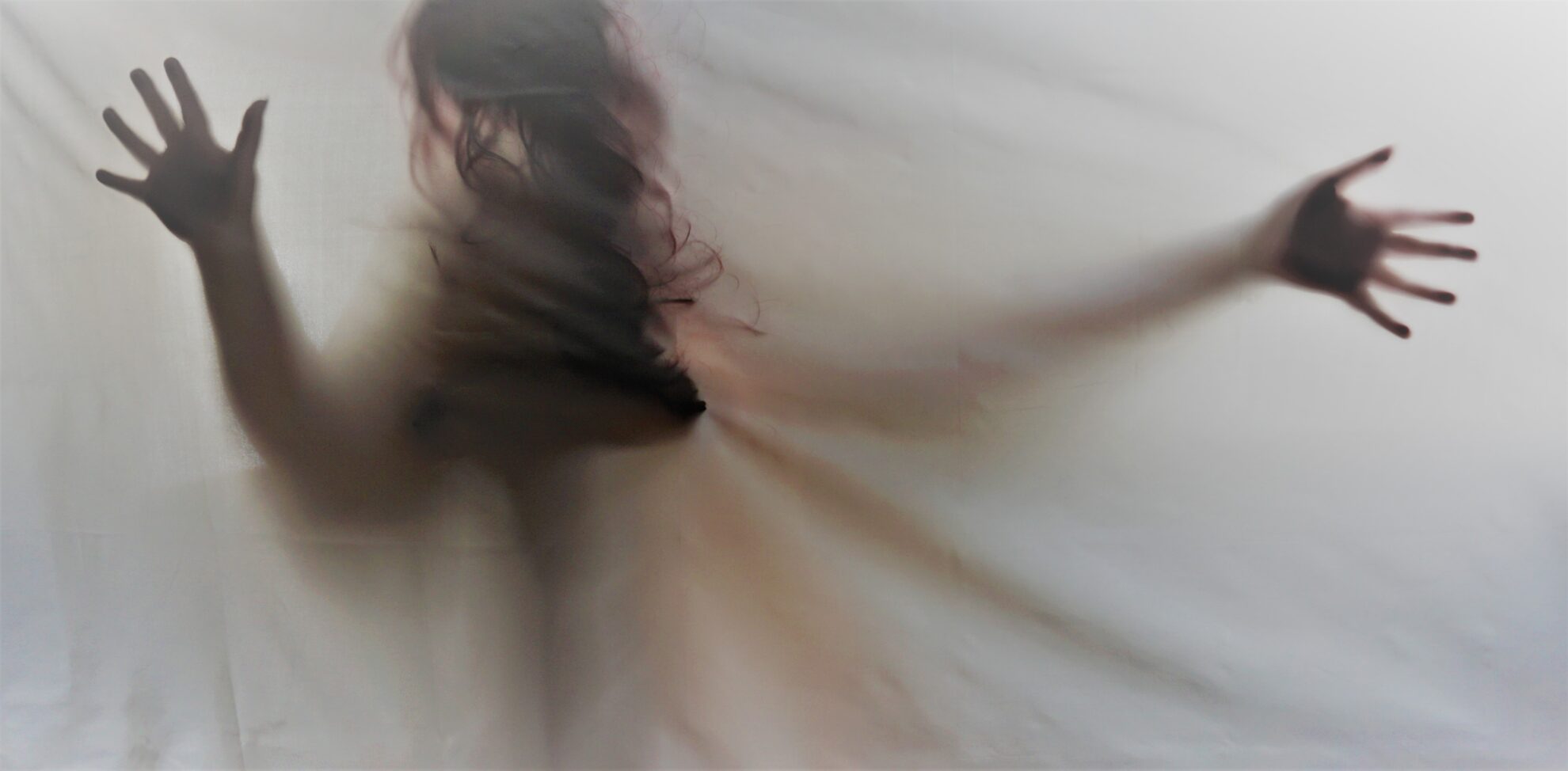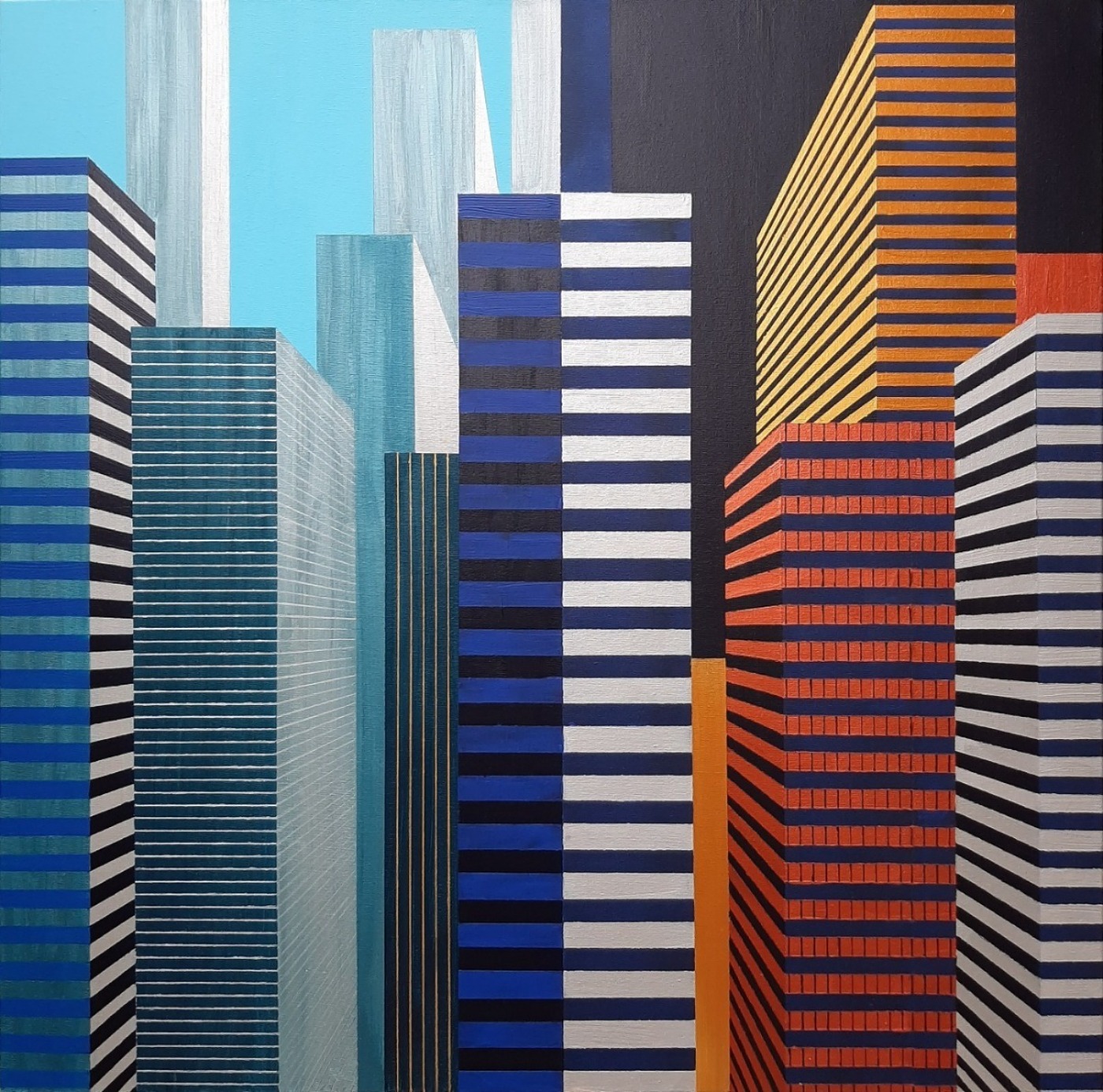Each week or two we will be turning a spotlight on some established or up-and-coming BitClout artists – the heart and soul of the creator community. We will ask the same five questions to each one to uncover their inspirations and their challenges.
For our first instalment, we have BitClout creators @thissorryspacesuit and @phoobiedoo! Be sure to check out more of their work and support them.
@thissorryspacesuit
AF: What is your main art form? How do you promote and sell your work?
TSS: Most of the time it’s the visual arts – oil paint usually. But I’ve tried most everything from sculpture to digital art, writing, essays, music and more. When I was a freelance artist it included commercial and residential murals, graphic design, illustration etc. anything that would put food on the table. I’m old enough that I matured as an artist at the dawn of the personal computer and the internet so a lot of my non-commercial work lies somewhere between technology and tradition.
In the early days of the internet I made branching multilinear comics, I’ve handpainted QR codes on wood that point to 100 year old films of electrocuted elephants, and I’ve attached “choose your own adventure” style stories that you can read on your phone to fantasy paintings. The current series involves detailed painted recreations of images that have been made using Generative Adversarial Networks.
As for promotion and selling, I’m miserable at it. I’m lucky that I teach art for a profession, so for the last five years or so I’ve been making art without a need to sell it. I intend to build a collection, then possibly find representation to shop it around, but I’m not incredibly motivated to do it at this point. I’m working on something most of the time, so I share process on social media fairly regularly, but I’ve learned that my strong suit is not that side of things. Like most artists, when I try to focus on the marketing side I usually get less enjoyment out of the work I make.

AF: How has your work changed over time? What has influenced your evolution as an artist?
TSS: The biggest positive evolutions in my work came from two things – teaching and practice. It may sound obvious, but the process of teaching is also learning. In the beginning of my career, I had to vocalize and express ideas that I might never had actually said aloud before. I had to devise a clear process for making things and convey it to students and often I had to teach myself about 5 minutes before I tried to teach them. So being able to clearly express an artmaking process has been a huge benefit to my own work.
And the other largest growth has come from relentless practice. I had taken some time off from art to determine what I thought I had really learned in the years of being a professional artist. And afterward I got a new sketchbook and worked and fooled around until I had a good sense of the demands back, then moved back to painting to see what I had learned. I found I was a much more detail-oriented artist than I thought I was. And so in the last few years regardless of the media, I’ve come to enjoy the details – small brush strokes, laboring over turns of phrase, sculpting veins in clay, subtle shading and blending etc.
AF: What big obstacles –personal or professional– did you have to push through to get where you are?
TSS: The biggest obstacle for me personally was professional also: coming to terms with the fact that being a career artist was not what I wanted to be. I’m very lucky to have found a very personally gratifying career in being an art teacher, and when I had reached a point where I was able to survive while not considering the commercial endpoint of the things that I wanted to make, my own art quality improved and my output actually increased – alongside my personal satisfaction. I spend a lot of my hours and effort teaching, but the rest of my time is spent making work that doesn’t concede or collaborate, and isn’t boiled down by committee or a patron’s opinion, and that is worth it for me.
…we show them Duchamp’s urinal as a pinnacle example of modern art and iconoclasm. It’s no wonder they wander out of the art room dizzy and decide to become stock brokers.
AF: Do you have any career advice for emerging artists?
TSS: I guess my career advice in this interview so far has been to ignore your career, so maybe that’s not the best answer!
But considering the question another way – to answer what could an emerging artist do to make the strongest work – I would add this: I created a venn diagram that I call the “Creativity Diagram” which I use to stay in creative shape and to problem solve when I get stuck on any particular concept or piece. It attempts to categorize the main resources available to artists – Study, Influence, and the Individual. Being aware of these resources and how to sprinkle them into your work in actionable amounts has been key for me. By considering these attributes I have been more consistent in making pieces that break new ground for me, stretch my technical capabilities, and remain engaging to an audience. I’d be happy to go over these things in detail with anyone who was interested.

AF: What needs to happen for artists to become more recognized and valued in society?
TSS: Big question! Taking a macro view, artists have always been important in society. From art grows religion, knowledge, history, and many invaluable societal concepts and expressions. But perhaps in more modern society, art has been grafted onto commerce in a way that demeans them both.
And when it comes to how we educate generations to place value on the arts, we ask young students to learn the formal principles of art – composition, rhythm, shading, texture, balance and emphasis, etc. we tell them it’s important and we sort them based on how well they can do it. Then, when the engaged ones are starting get it and feel good about themselves, we show them Duchamp’s urinal as a pinnacle example of modern art and iconoclasm. It’s no wonder they wander out of the art room dizzy and decide to become stock brokers.
When art is so subjective, it loses meaning and value for the majority. It also reinforces the class barrier, because only the rich can buy or “understand” art. The rest of us have to look toward things like illustration, commercial art, or other more barefaced examples of selling soap to find our inspiration – perhaps that’s where the remnants of art might be hiding.
About the chosen art:
Each image in the “Technical Animal” series begins in collaboration with a Generative Adversarial Network. After the digital image has been built, I recreate the work on paper using traditional painting techniques. This exchange from digital generation to traditional manufacture is at the heart of the series – building images that don’t sit well in either space. They aspire to be familiar and confusing all at once.
Find more of this artist’s work on their website and on BitClout.
@phoobiedoo
AF: What is your main art form? How do you promote and sell your work?
PD: Digital art has been my main focus since discovering NFTs. My main source of promotion is BItClout, Twitter and Instagram. I have minted NFTs on Opensea, Foundation and BitClout.

AF: How has your work changed over time? What has influenced your evolution as an artist?
PD: I used to mainly do photography with a focus on nature. Through crypto I was introduced to NFTs and have since transitioned over to mainly doing digital art. The introduction of NFTs and Bitclout have influenced my evolution as an artist the most, without these I may have never been introduced to digital art.
AF: What big obstacles –personal or professional– did you have to push through to get where you are?
PD: As a stay at home mother of four (ages ranging from 14-29) I never really had much time for myself to fully delve into my art. Now that the younger two are older I have been able to dedicate more time. One other obstacle would be the transition to digital art and the learning process of taking on a whole new style while learning the technology.

AF: Do you have any career advice for emerging artists?
PD: Just keep putting yourself out there and don’t give up on your dreams.
AF: What needs to happen for artists to become more recognized and valued in society?
PD: I believe it would go a long way if art was more of a focus in school and children were exposed to it from an earlier age.
About the chosen art:
I chose Sunset Pier because it is one of my early NFTs that I use what I call Reimagined Photography. I take one of my photos and digitally alter it to portray the image in the way I see it. 1980s Hair Band is part of a series of 50 pieces that intend to take you on a journey through history in a fun way. It has been very fun researching for each of these pieces.
See more of this artist’s work on their website, Twitter, Instagram, and BitClout.
Want to be considered for a spotlight, or want to suggest other BitClout artists doing great work that should be highlighted? Send us an email explaining why!




